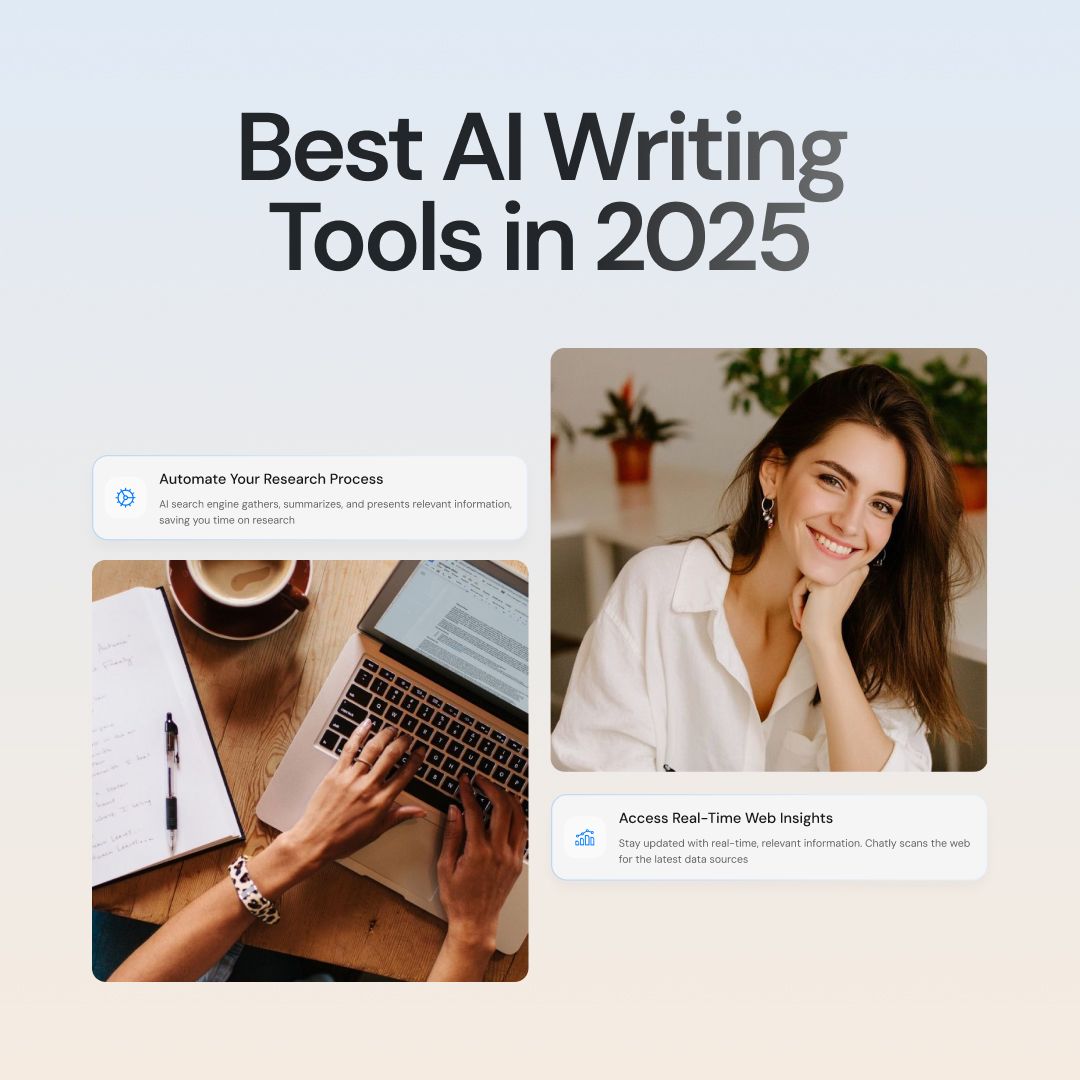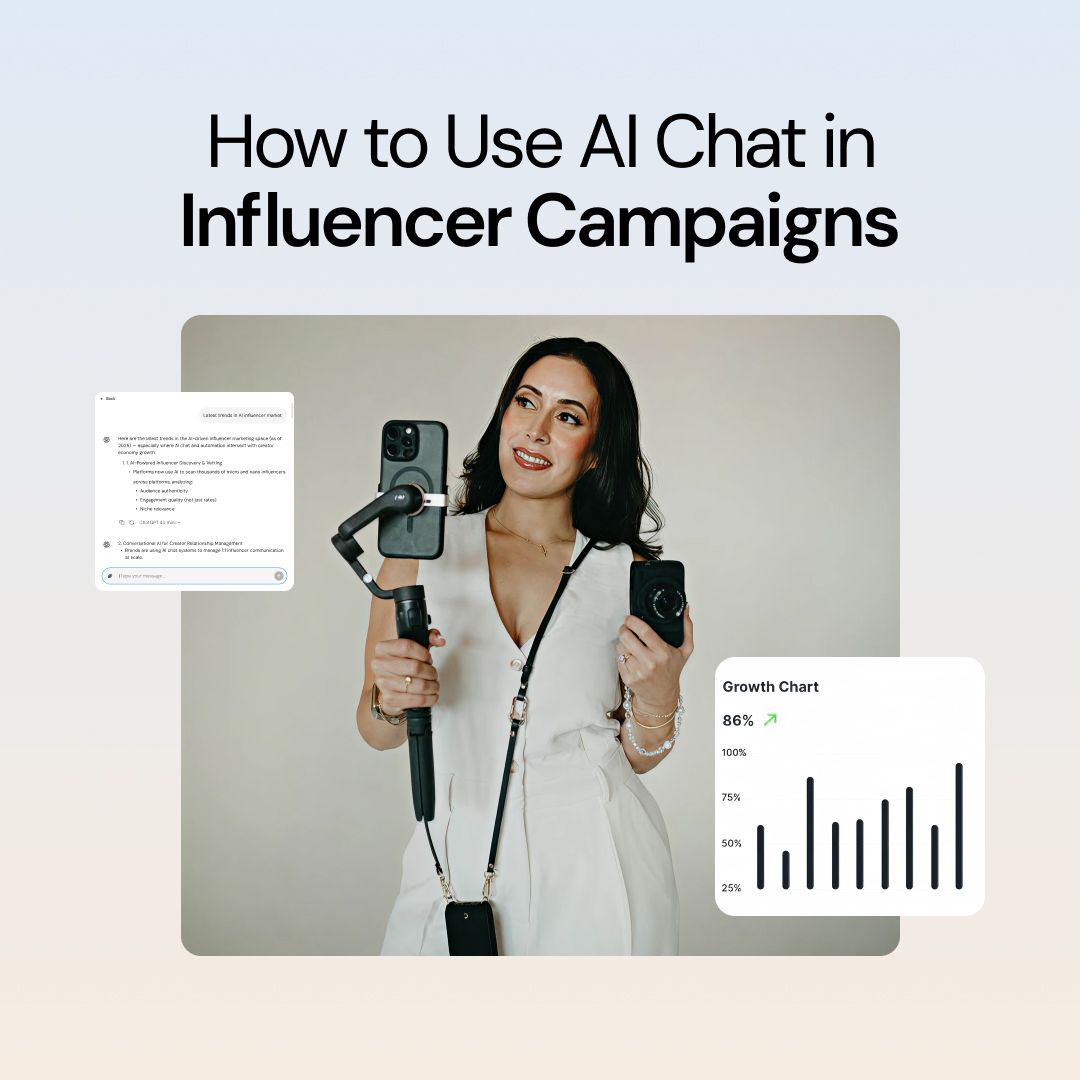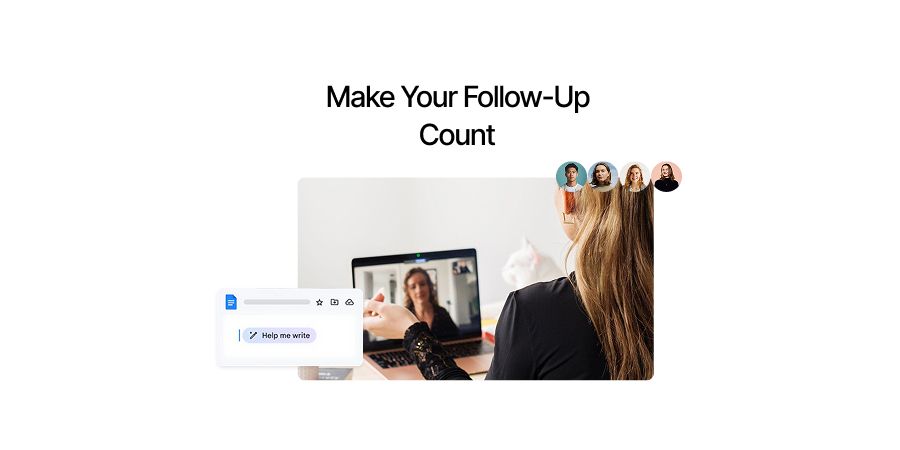FAQs About Thank You Letters After Interviews
More topics you may like

11 Best ChatGPT Alternatives (Free & Paid) to Try in 2025 – Compare Top AI Chat Tools

Muhammad Bin Habib

Best AI Writing Tools That You Can Use in 2025 (Free & Paid)

Muhammad Bin Habib

How to Become a Freelance Writer in 2025

Muhammad Bin Habib

How to Use AI Chat for Influencer Campaigns in 2025

Muhammad Bin Habib
